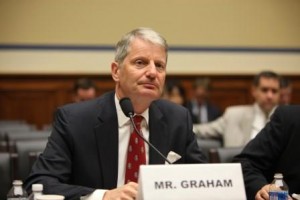Reflections on Risk Adjustment, Reinsurance, and Risk Corridors in ObamaCare
 On Wednesday, June 18, 2014, I had the pleasure of testifying at the House of Representatives’ Committee on Oversight and Government Reform’s Subcommittee on Economic Growth, Job Creation, and Regulatory Affairs. The subcommittee held a hearing it called “Poised to Profit: How ObamaCare Helps Insurance Companies Even If It Fails Patients.”
On Wednesday, June 18, 2014, I had the pleasure of testifying at the House of Representatives’ Committee on Oversight and Government Reform’s Subcommittee on Economic Growth, Job Creation, and Regulatory Affairs. The subcommittee held a hearing it called “Poised to Profit: How ObamaCare Helps Insurance Companies Even If It Fails Patients.”
Much of my testimony was drawn from content in this blog. What struck me was the minority’s emphasis that these provisions, which protect insurers from losing money in ObamaCare, are designed to motivate insurers to offer coverage to sick people.
It is a well-worn talking point of ObamaCare’s supporters that insurers can no longer charge higher premiums or deny coverage to applicants who are expected to have higher health costs, or exclude coverage for pre-existing conditions. Obviously, no insurer will seek to cover these people just because the government wants it to. The market has to be structured to achieve that objective.






